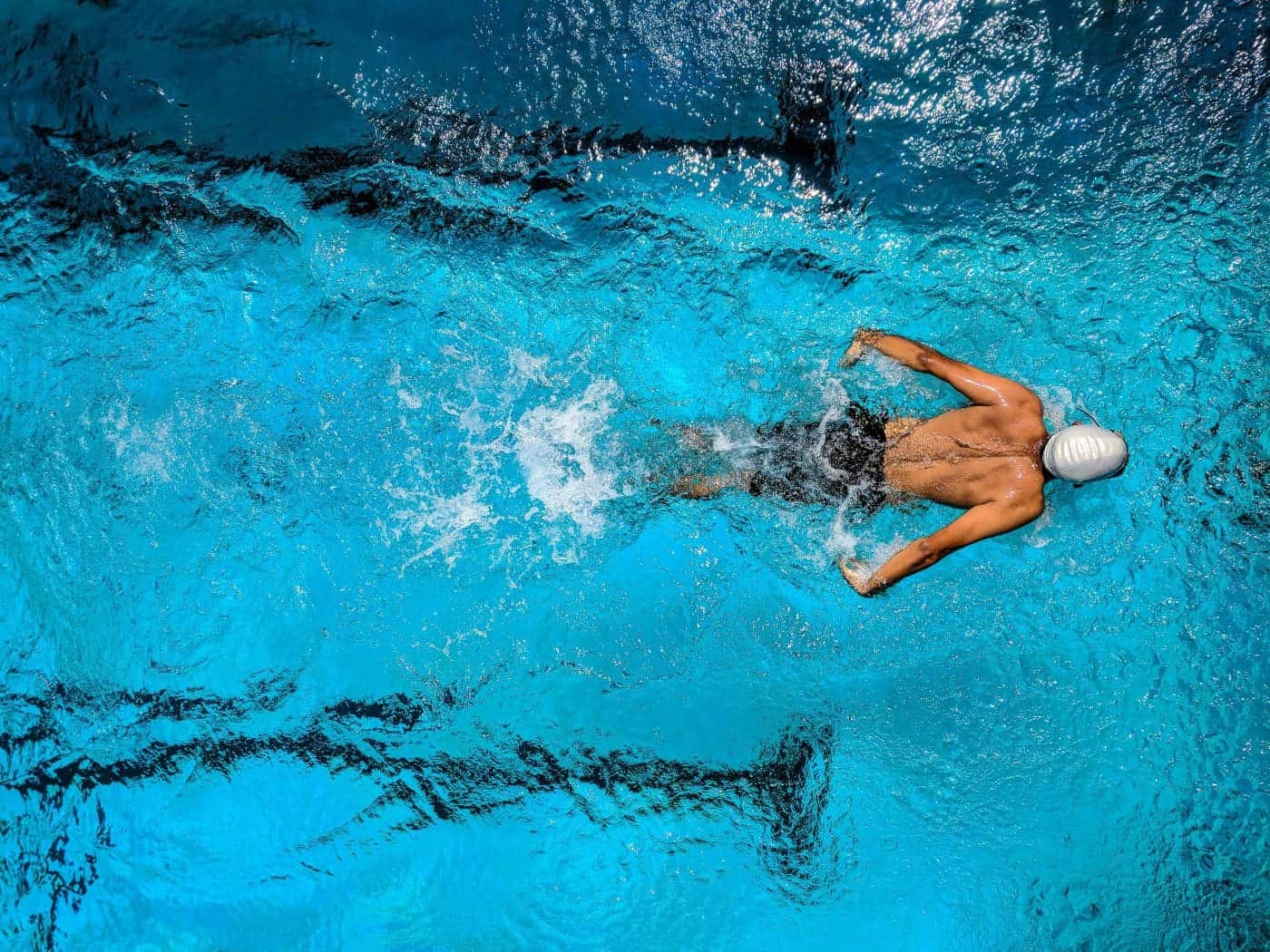
Welcome to our comprehensive guide on swimming lessons. Whether you’re a parent who wants your child to get comfortable in water, an adult who wants to learn or improve swimming skills or are just curious about what these swimming classes cost, we’ve got the details and information for you.
Swimming is both fun and a vital life skill that saves lives. Swimming lessons offer many health benefits and safety benefits for all ages: promoting physical fitness, raising awareness of water safety, and building confidence.
The cost of swimming lessons can vary greatly depending on several factors. The experience and qualifications of the instructor, where the swimming lessons are held, as well as class size can all make a difference. By diving into each one we’ll be able to provide an understanding of how the prices of swim program/swim classes are determined.
Typically offered to adults and older kids looking to use swimming as exercise while improving technique; think mostly stroke technique and endurance training.
The cost varies based on swim class location and level of instruction. Here are a few factors that impact it:
At every age, there are different goals when it comes to swimming. We’ll break down the average cost of swimming lessons by age group starting with babies:
Many parents introduce their children early so there’s no fear later in life. Baby/toddler classes focus on building comfort and safety. However, it usually requires one parent per child and that may affect pricing.
The little ones grow fast — including their needs in education. The price of swimming lessons for school-aged children depends on what level they’re at basic water comfort or advanced stroke techniques.
Teens often have different goals. Improve technique for competitive swimming is one example. Lessons might be more expensive due to specialized training but group classes are always available if you want to cut costs while still receiving quality instruction.
As a beginner or trying to brush up your skills, adult swim lessons won’t disappoint you. Varying prices is depending on how much instruction is needed and whether it’s a group or private lessons.
While cost is an important factor to consider, there are a few others that should come into play. Here they are:
Affording Classes
Just because you have the money… Doesn’t mean you have the time. In this blog post we are going to break down all your payment options. After reading through them all, you should know which plan would be best for you.
1. Cash
2. Check
3. Credit Card
4. Debit Card
5. Venmo
Those five options should work for just about anyone!
Signing up isn’t always easy either… Maybe in a perfect world, but not here, unfortunately! Depending on where you go there will be different schedules available. Sometimes plans can range from a class that meets once per week for an hour, or full-on summer camps that last weeks at a time!
Now other than costs… There are other things we must consider before taking a leap into any program! One of those is progress tracking. What’s the point in paying if your child is not going to learn along the way?
Safety and endurance are both very important when it comes to swimming in water as well. We’ll go over how they’re implemented below.
4.8.1 Stage 1: Water Familiarisation
Most schools in Australia split their teachings into stages… This is why I’ll continue referring back to their model throughout this post!
In stage one of Australian programs, students become comfortable in the water while also getting hands-on with floating, kicking, and submerging their faces!
4.8.2 Stage 2: Water Confidence
Building confidence comes next.. and I’m sure after just typing that everyone thought about building CONFIDENCE TOO. Confidence is built by teaching basic strokes like freestyle and backstroke, along with survival skills such as treading water or retrieving objects from the bottom of a pool.
4.8.3 Stage 3: Stroke Development
At this point kids perfect stroke techniques while also learning more advanced ones like breaststroke and butterfly. To keep them safe, they’re taught rescue techniques and have an idea of what to do when near bodies of water.
4.8.4 Stage 4: Skill Refinement
Building off the previous stage, kids learn how to swim faster while also making sure all their strokes are executed properly. Like always they’re also introduced to higher level safety measures like CPR.
4.8.5 Stage 5: Advanced Stroke Correction
Perfecting each stroke that’s been taught throughout time will happen here while also building endurance. Here students have the opportunity to participate in competitive swimming or lifeguard training if they’d like.
Just know those stages don’t stay the same across schools… But you can expect every school to still have beginner classes that transition into more advanced programs at the end of each lesson!
Hiring a car is one of the best ways to explore the UK and Europe.…
Imagine you're cruising down the highway, the breeze in your hair and your favorite song…
Thousands of motorsport fans head down to New South Wales in October to experience what…
Life crises are inevitable stages in everyone's journey. They arise when individuals must let go…
The gaming industry is constantly evolving, and one of the most significant innovations is live…
Home decor incorporates the use of powerful wall art tool. Adding a rug sets the…
This website uses cookies.